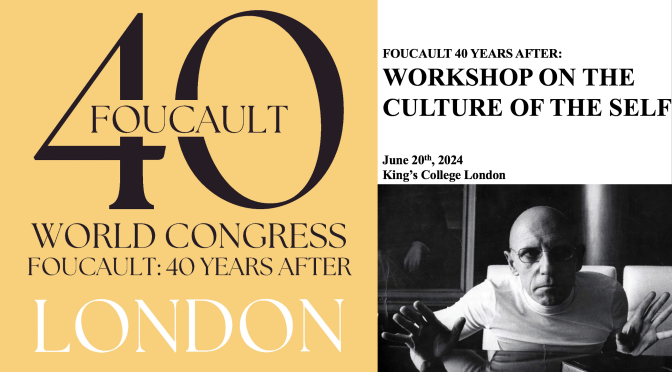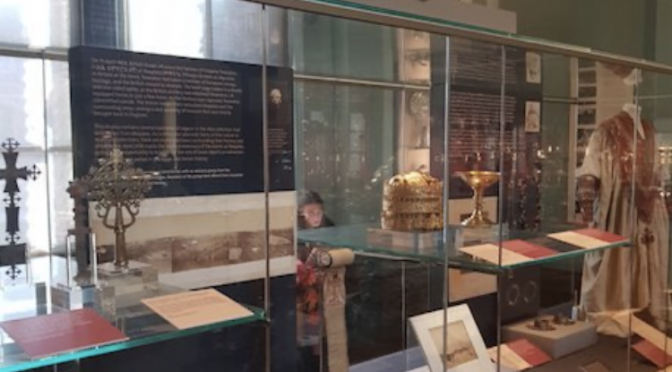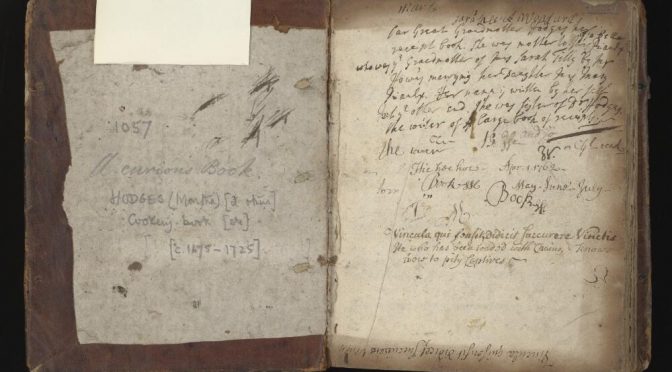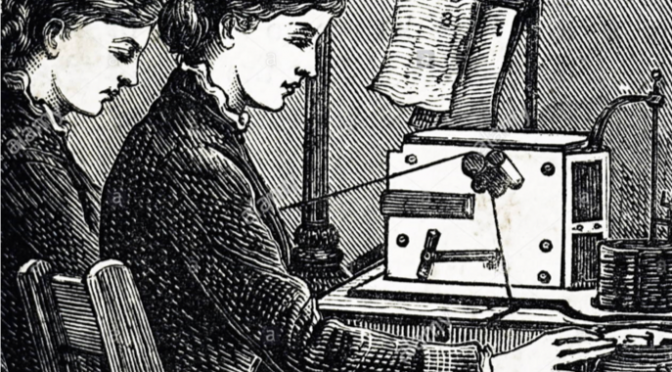By Alexander Giesen
Doctoral researcher Alexander Giesen reflects on the legacy of Michel Foucault 40 years after his death and “The Workshop on the Culture of the Self” as part of the World Congress Foucault: 40 Years After.

By Alexander Giesen
Doctoral researcher Alexander Giesen reflects on the legacy of Michel Foucault 40 years after his death and “The Workshop on the Culture of the Self” as part of the World Congress Foucault: 40 Years After.

by Abbey Ellis and Subha Robert William
The discipline of archaeology was born in the museum. In the words of Andrew Christenson, “museums were really the first professional homes for archaeology.” Indeed, museums in the mid-nineteenth century played an important role in the institutionalisation of archaeology, forming an essential stepping stone to the discipline we know today. The historical and contemporary intersections between archaeology, museums and collections provide ample scope for research and debate, as the relationship between archaeology and museums has been much altered over time through changing displays, practices, and museum politics.

by Kate Owen
Kate Owen has recently completed her MA in the English department at King’s College London. She has an interest in the medical humanities, the transmission of scientific knowledge in the early modern period, and is currently a volunteer at St Bartholomew’s Hospital Museum and Archive.
In the second semester of my master’s programme, Early Modern English Literature: Text and Transmission, I took a module called ‘professing writing’. This module looks at a large range of literary and non-literary genres, such as poetry, devotional texts, travel writing and scientific writing. Through guest lecturers and trips to professional libraries, the module also introduced different approaches to academic research. It was on one of these trips to the Wellcome Library, that I first came across early modern women’s recipe books.

by Harriet Thompson, PhD candidate in the English department at King’s College London.
William John Johnston’s Lightning Flashes and Electric Dashes is a volume of late nineteenth-century American fiction comprised of ‘contributions from the pens of all the prominent writers in the ranks of telegraphic literature’. Johnston was himself a telegraph operator, as well as a publisher, and editor of the profession’s leading trade journal ‘The Operator’. He published a number of notable works of telegraphic literature by women telegraphers, including Ella Cheever Thayer’s novel Wired Love and short fictional works by Lida Churchill and Josie Schofield.

Disability+Intersectionality is a fortnightly reading group based at King’s College London where members meet to discuss key texts in critical disability studies, situating them within the broader context of the humanities and social sciences. Each session will focus on a theme and explore how disability intersects with categories such as gender, race, sexuality, and class.
Christina Lee is a second-year PhD student in the Department of English and a co-organiser of Disability+Intersectionality. In this post she reflects on lessons from the reading group and what intersectionality means to her.
I am terrified of intersections. There is something about the open space in the middle that petrifies me. Once, while I was trying to cross the road, a car suddenly turned right and the driving instructor – sitting next to the learner in the passenger seat – stuck his head out of the window to rail at me for being on the road. I was actually on the pavement a few seconds before and left to cross to the right. I did not go on the pavement because it was too narrow and had poorly cut curbs. He didn’t want to listen and continued to insist I should be on the pavement. Eventually they drove off, though not before he proclaimed that I ought to be run over by a car. This is what I used to think of when I hear ‘disability’ and ‘intersection’.
Pavements, sidewalks, footpaths, are designed for pedestrians, people who use their feet and walk with an easy, steady stride without canes, crutches or prosthetics.